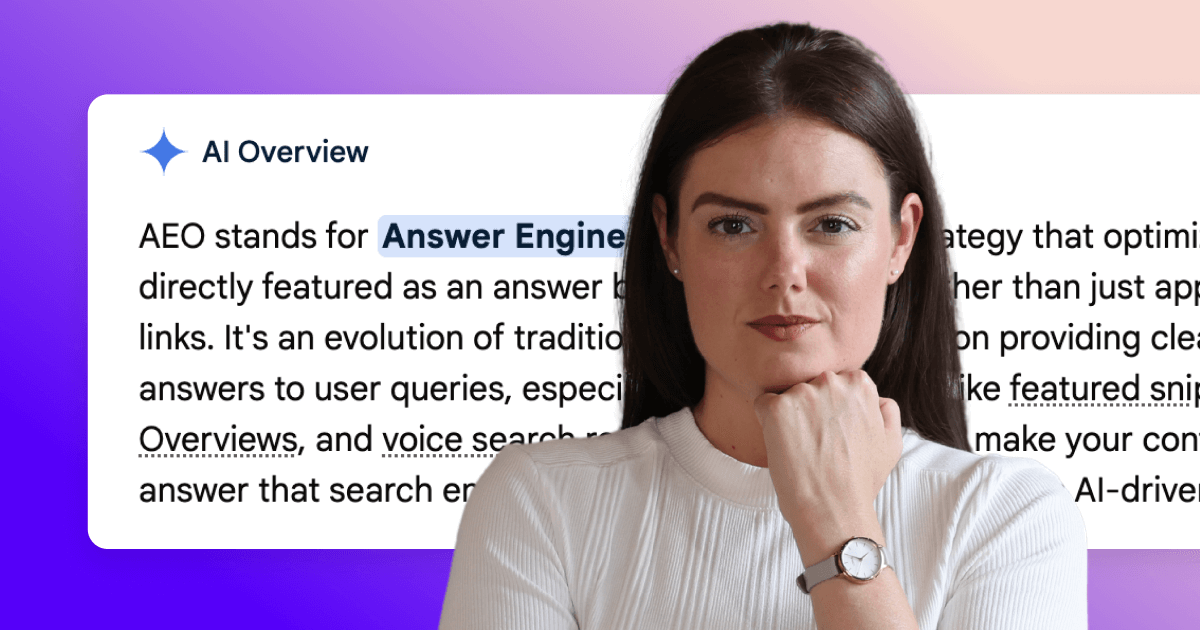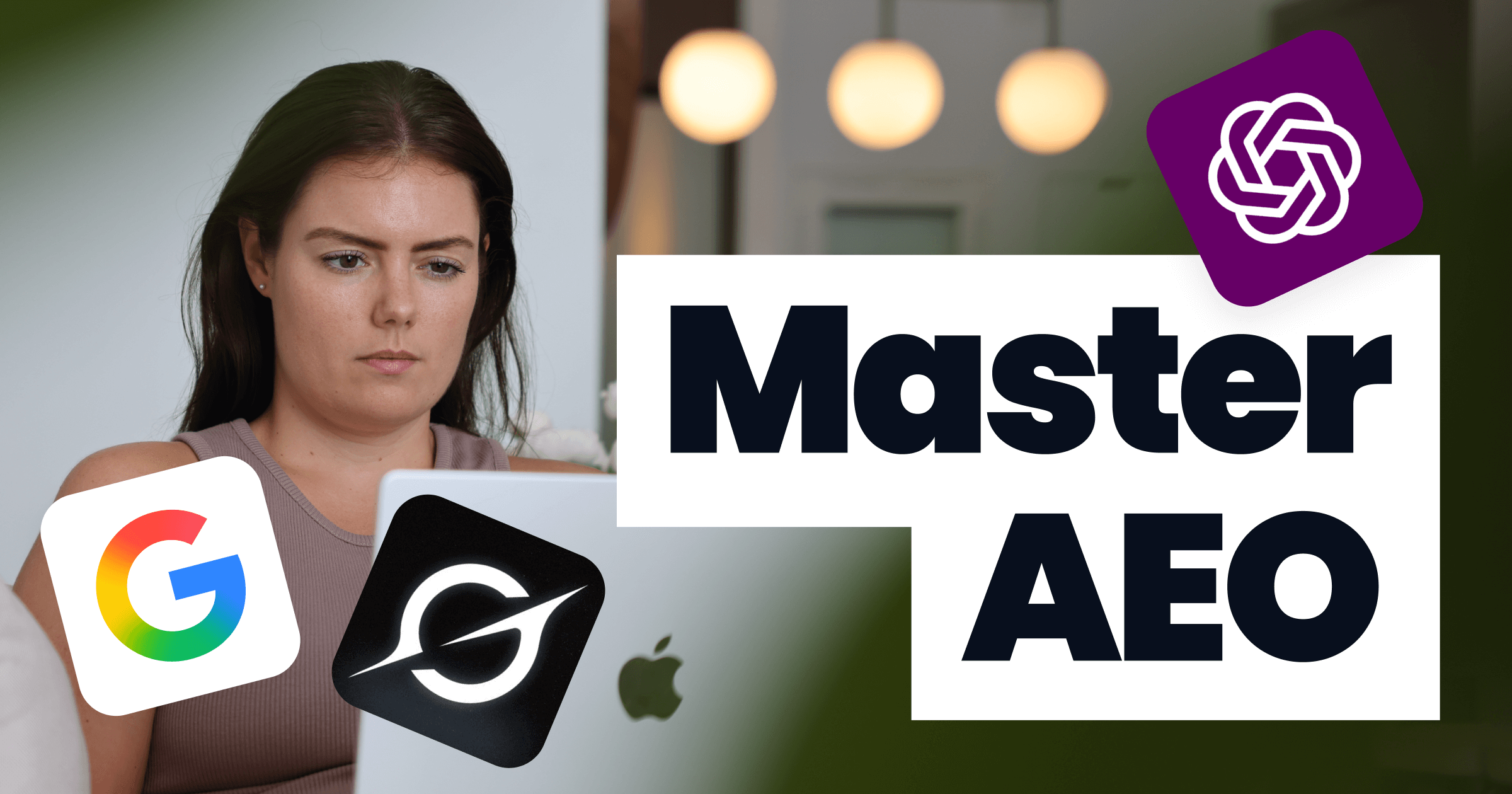
Ever heard someone claim that SEO is dead?
The probable answer is “yes” especially in the recent flurry of Google vs Bing chaos and AI-generated answers that give a “single source of truth”...
Well, we've got news for you: SEO is very much alive and kicking!
In fact, investing in great content on your website is an incredibly effective strategy for increasing your traffic from search engines.
The role of search engines
Here's the thing: if you have amazing content on your site, it's the job of search engines to find and surface that content, whether that’s in search-mode, browser-mode or conversation-mode, it has to be found somehow!
This means your focus should be on creating great content that gets picked up by search engines and their algorithms.
Search engines vs social media
Search engines have had some stick lately. And they’ve even become rivalled by so-called ‘social SEO’ (Instagram SEO and TikTok SEO to name a couple).
But the fact of the matter is, all search engines are programmed to uncover great content meaning if you focus on great content, you’ll appear in any search engine; Google, Bing, Yahoo.
Whilst the Giant that is Google holds an 88% share of the market, there are plenty of other search engines that your SEO-optimised content can appear on:

This means you're not limited to just one platform for distribution, unlike with social media where you're dependent on that one platform and their ever-changing algorithms.
Creating an effective SEO strategy
So, how do you go about creating an SEO strategy from day one? The first step is to shift your focus from just "SEO" to "content creation."
SEO is simply the act of optimising for an algorithm, but it's not the thing that makes you grow. What makes you grow is great content that's then optimised for SEO.
Many SEOs focus on hacks and tactics instead of creating good content, but the truth is that content creation should always come first.
After all, you need something worth optimising!
Step 1: Website
Not all websites are created equal.
Your website is your engine, and your content is your fuel.
You can't expect to get great results even if you’re adding high-quality fuel to an engine that's not running smoothly.
So, step one is to make sure your website is designed and built with the following in mind:
- Clean, semantic code
- Incredibly fast hosting
- Clear URL structures
- Ccanonical tags set on all web pages
- Article schema markup on all blog posts
- A proper sitemap.xml that's submitted to Google Search Console
Step 2: Content Creation
Step two is to create great content that's optimised for SEO.
You need to have a clear keyword and content strategy - that’s a whole article and process in itself!
Next, write blog posts with the right search intent, build topical authority and interlink your articles to complement your website structure.
Finally, build backlinks from websites in your industry - easier said than done but time invested into a PR and backlink strategy can pay dividends.
Step 3: Monitoring & Optimising
Step three is monitoring performance and tweaking content where you see room for improvement.
Bear in mind that websites with new SEO strategies can take up to 6 months to get out of the Google "Sandbox" and start seeing results. But don't stop creating content in the meantime!
You should regularly check on the performance of each piece of content you have created - is it gaining organic traffic yet, have you interlinked it with pages that do already rank and have you shared it across channels to leverage your network or community and increase ‘footfall’ to the new page?
All of these small steps add up in growing the visibility of new content.
SEO results fuelled by content creation
Manage your expectations carefully - as mentioned before, SEO is a long-term game that requires patience. But executed effectively, the results will come…
If your engine is working properly and your fuel is top-notch, be patient and keep creating great content.
At Beyond Agency, we followed the 3 steps above and saw some fantastic growth in the last 12 months:

Give them a try for your own website - or have us do it for you!

Just a heads up, some of the links in this article may be affiliate links, meaning we may make a small commission on any sign-ups or purchases for the tools we recommend.






































